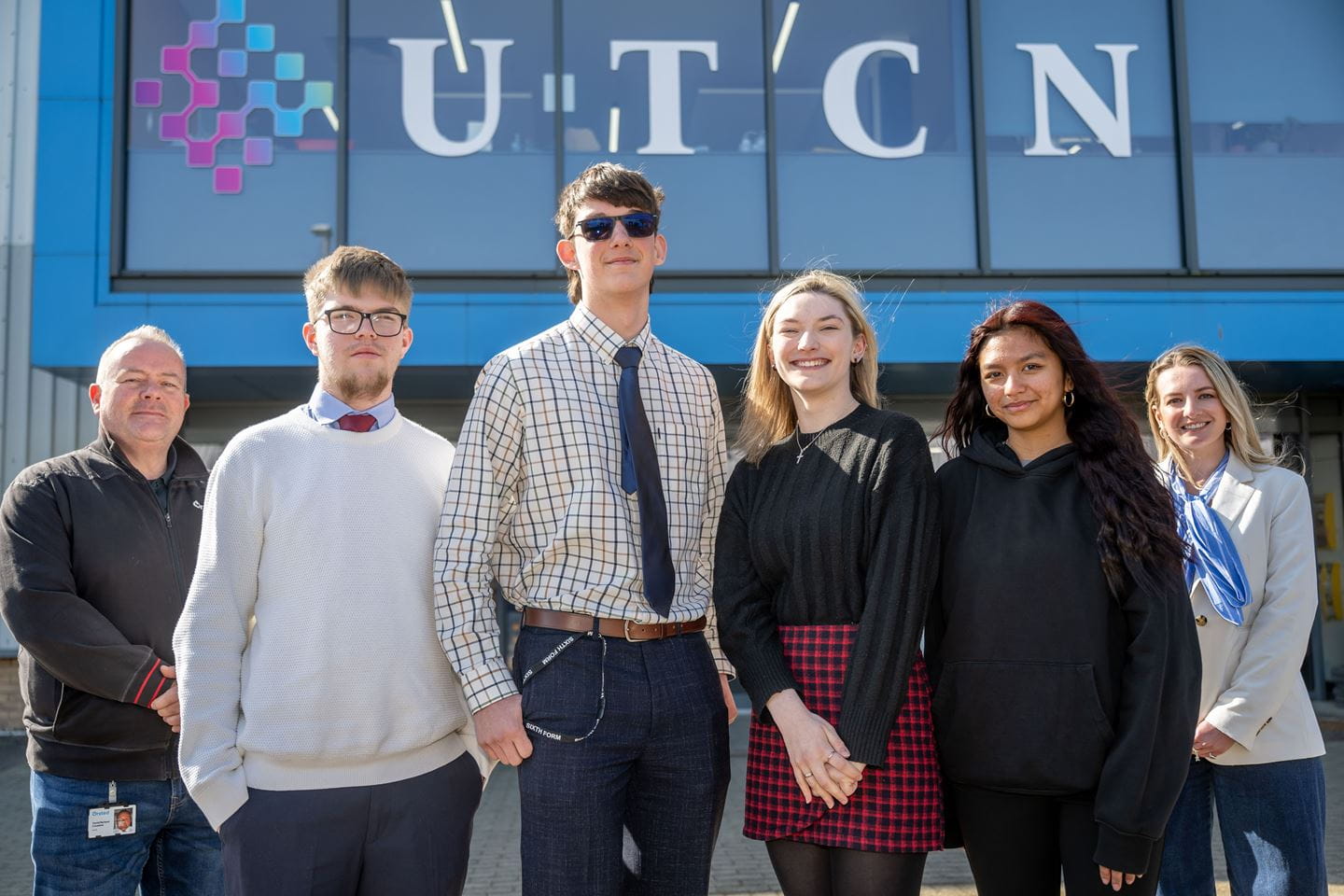
Innovative teens tackle real-life offshore wind challenges


A total of 90 Year 12 students at the college were given the choice of three difficult scenarios to solve, working in teams of three to five people.
Between them, they were asked to find workable solutions to three challenges faced daily by teams working on offshore wind farms in the UK by global leader Ørsted. Ørsted is building Hornsea 3 Offshore Wind Farm 120 km off the coast of Norfolk.
The challenges included: logistics - improving safety and efficiency of offshore wind farm operations and maintenance in the UK; environmental - dealing with mess caused by algae, barnacles or seabird poo on offshore turbine ladders which can create safety risks; and mechanical - preventing rust on the tag lines that are used in heavy lifting operations offshore.
The winning team chose the environmental challenge and the runners-up the mechanical one. Both teams looked at the respective problems in their entirety and came up with a variety of solutions before deciding on a final one.
The winners chose a special paint for the ladders, which meant algae couldn’t grow and bird poo was less likely to ‘stick’. They also recommended the inclusion of divots in the ladders and gripping gloves for technicians to enhance safety when climbing, as well as brushes to be attached to boots to remove any lower-level mess that did occur.
The runners-up looked into testing different materials as well as costs before alighting on a specialist coating which was cost-effective and easy to apply.
Winning team member Liam said: “I enjoyed the multiple choices that Ørsted offered, and how it made us think of new innovative designs to fix possible complications faced.
“Within the project I learnt the harsh and difficult complications turbine engineers have to face, and the brilliant ideas they come up with to solve them.”
Amy Lerpiniere from the University Technical College Norfolk said: "The choice of three approaches to this challenge allowed students to work on a project that really interested them and gave them the flexibility to show off their creativity. This shone through with the presentations of the winners and runners-up. Highlights of this collaboration with Ørsted include the fact that it focused on current issues faced by the industry which really brought the project to life for UTCN and our students. We would like to extend a heartfelt thank you to the team at Ørsted who made sure our students had an engaging project and were able to put their outstanding analytical and technical skills to use."
Lauren Little from Ørsted, who organised the challenge said: “Both the winning group and the runners-up had really thought about the problems in their entirety, had examined multiple different solutions and then homed in on the best one. Their solutions also felt achievable in the real world. The teams thought about innovation but they were also focused on safety. That was and is one of Ørsted and Hornsea 3’s guiding principles. Safety is always the priority and we could see they’d taken that message on board.”
Ørsted’s Hornsea 3 is an £8.5 billion infrastructure project, currently under construction. When complete it will be the world’s single largest offshore wind farm, capable of powering more than 3 million UK homes.
ends
For more information, images or to arrange an interview please contact:
Sarah Brown
External Communications Lead, Hornsea 3 at Ørsted
SARBR@orsted.com
+44 7443 154180
Notes to Editors:
About Ørsted
The Ørsted vision is a world that runs entirely on green energy. Ørsted develops, constructs and operates offshore and onshore wind farms, solar farms, energy storage facilities, and bioenergy plants, and provides energy products to its customers. Globally, Ørsted is the market leader in offshore wind and it is constructing the world’s biggest offshore wind farms off the UK’s East Coast. Ørsted is recognised on the CDP Climate Change A-List as a global leader on climate action and was the first energy company in the world to have its science-based net-zero emissions target validated by the Science Based Targets initiative (SBTi). Headquartered in Denmark, Ørsted employs approx. 8,000 people, including over 1,100 in the UK. Visit orsted.co.uk or follow us on Facebook, LinkedIn, Instagram, and Twitter.